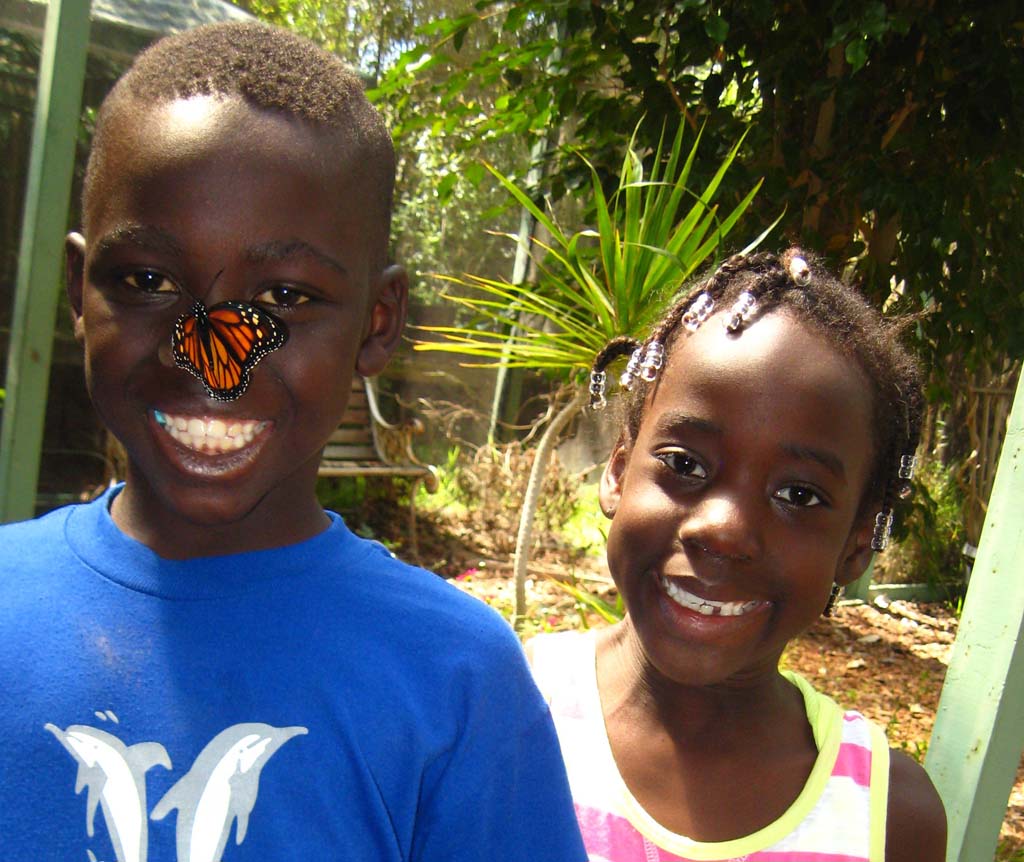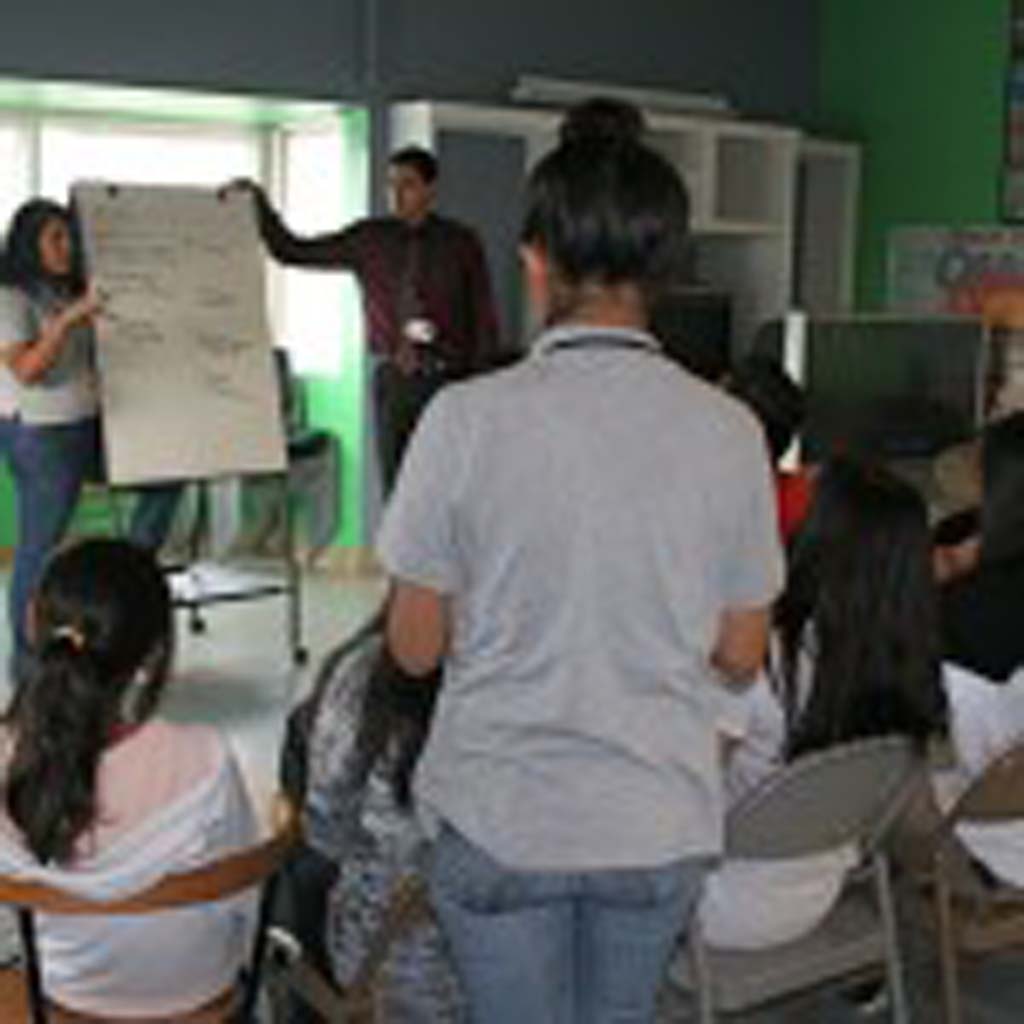LEUCADIA — Last Saturday morning Sheryl Smith arrived at the Monarch Butterfly Program only to discover that she was a week early.
The facility, which includes a butterfly house (vivarium) and greenhouse, closes in November and re-opens the first Saturday in April.
“I live in Hillcrest but my cousin lives up here,” she said. “I told her about this place, but I wanted to make sure it was open. It’s a little secret — like a fairyland — where you can put your finger down and a butterfly will come up and stand on it. They also do such a great job of educating children about butterflies in their habitat.”
Founder and Executive Director David F. Marriott cautioned Smith that the butterflies would be late again this year and not to expect too many until the following Saturday.
“It’s because of the climate,” he said. “The average temperature is three degrees more than 50 years ago. We don’t notice it as much as human beings, but a one to three degree temperature increase is a hell of a lot for an insect.”
Marriott explained that the warmer weather is causing butterflies to lose their migratory instincts.
“When the weather changes year by year, it will have an effect on the life cycle,” he said. “We’ve only been studying butterflies for a very short time.”
Marriott said that it wasn’t until the 1800s when butterflies began to be named, and collected. No one studied them until Winston Churchill.
“He began raising butterflies when he was 6 years old,” Marriott said. “He was a butterfly house pioneer because they were becoming extinct in England. He needed to build a butterfly house but couldn’t do it until after World War II. When he did, it became very popular.”
The first public butterfly house in the United States was Butterfly World in Coconut Creek, Fla. which opened in 1988. Four years later a butterfly and hummingbird pavilion was built at the Wild Animal Park.
Marriott said he used to catch butterflies as a kid, but lost interest when he grew up and decided to become a classical guitarist and earn a Ph.D. in music history and theory.
When his son became interested butterflies, he became re-engaged, particularly with Monarch butterflies who, after being caught and released, are known to travel several miles to return to the same branch.
In 1990 Marriott founded the Monarch Butterfly Program. In December 1991, Encinitas resident John Renaker donated funds to build a butterfly house on his nursery property. Eventually, he donated the use of a building for a classroom and office, and a greenhouse and outdoor area for growing plants. As a result, education programs were started that today serve thousands of school children annually. The greenhouse provides an area to grow butterfly host plants and livestock, which is a major source of revenue by supplying butterfly houses, teachers and the public.
“Butterflies are like the canary in the coal mine,” Marriott said. “Scientists are currently mapping where they are. What used to be a poor habitat is now a good one.
“Our focus is on educating the public about what plants would be good in their backyard. If you have the right plants, you’ll have visitors in your backyard that are great pollinators. Butterflies at all stages are an integral part of the flora.”
Mark Walker, an engineer at General Atomics, became friends with Marriott when he met him butterfly hunting in Laguna Meadows in 1998. Today, he is president of the program.
“We can help butterflies mate so there will be plenty of them,” he said.
The Monarch Butterfly Program is at 450 Ocean View Ave., Encinitas. Beginning April 6, the facility is open to the public from 11 a.m. to 3 p.m. Saturday. From the second week of June through Labor Day, the hours extend to Thursday, Friday, and Saturday. Admission is $7 for adults, $6 for teens and seniors, and $5 for children 4 to 12. Children 3 and under are free. For more information, call (760) 944-7113, (760) 599-7228 or visit monarchprogram.org.


